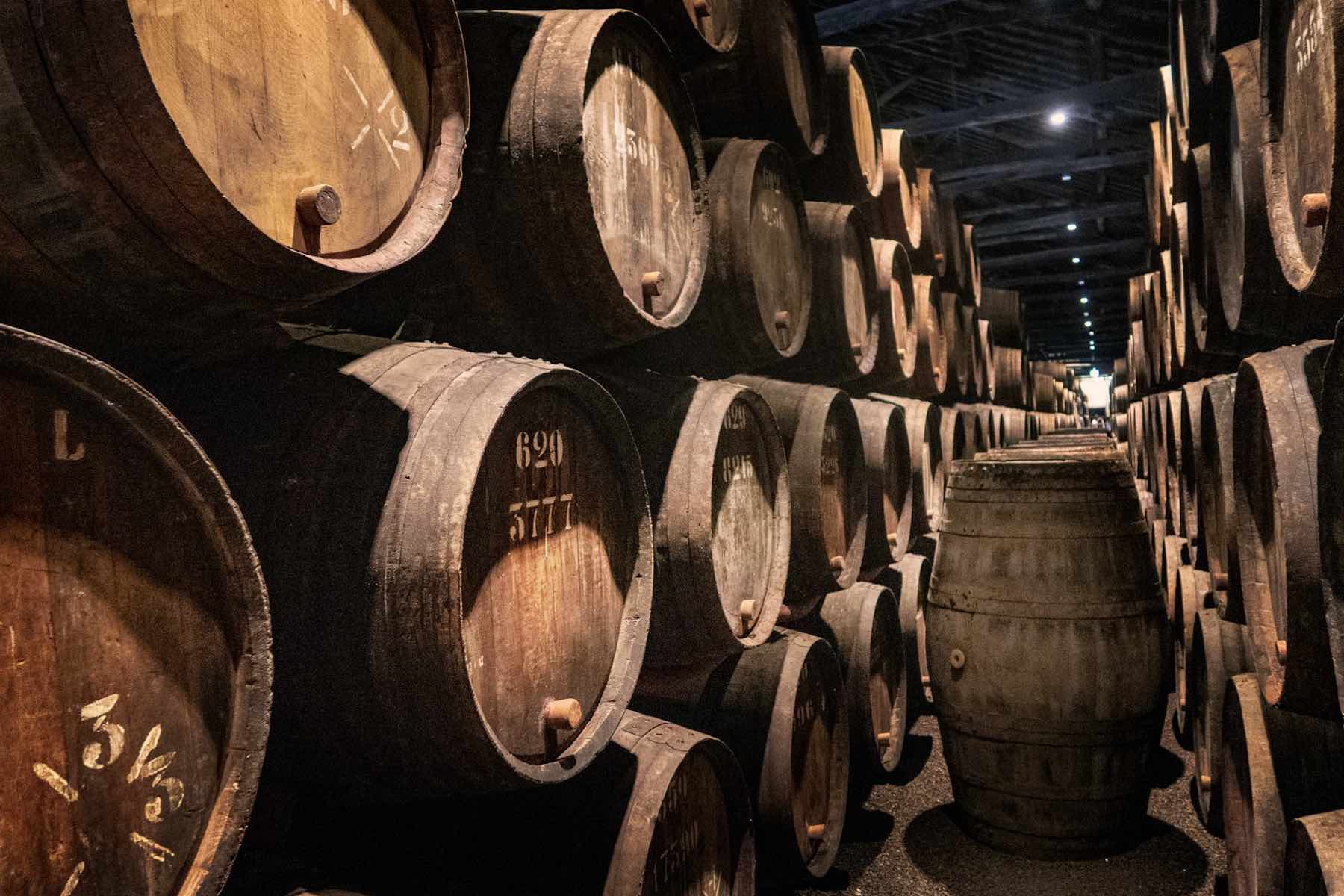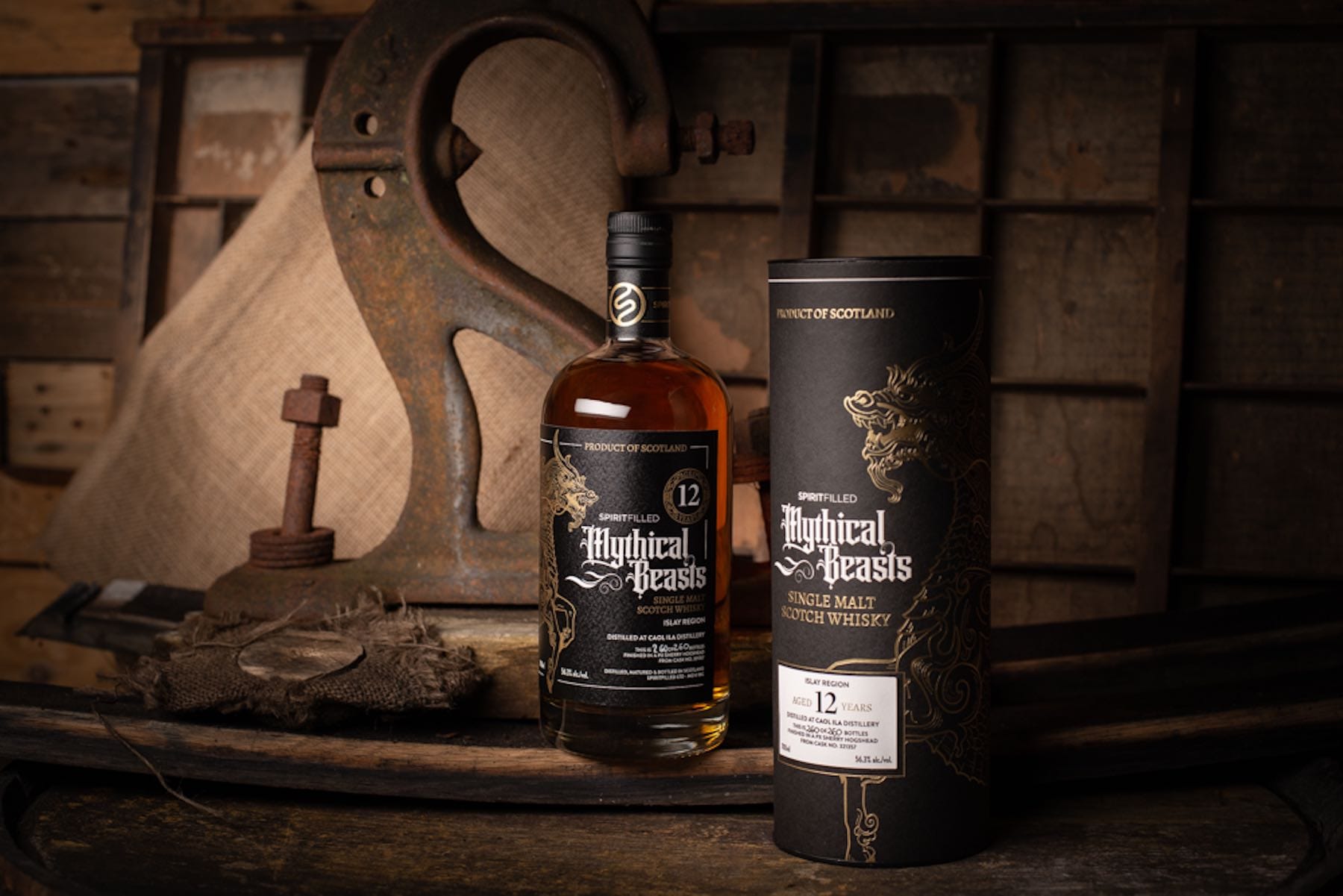
Where do whisky casks come from?
What influences whisky maturation?
The cask is as important to a whisky as the spirit itself is. When first filled, the new make is clear and colourless. While a good quality new make will have flavour and character of its own, it will be very different to an aged whisky. And, likely won't have the full rounded flavours we look for in a good scotch.
When ageing in a cask, there are three factors that have a particular bearing on the final whisky.
- The first is time. There will be a difference between a whisky aged for 3 years, versus one aged for 30 years. Now that's not to necessarily say one is better than the other. High quality spirit, in a high quality cask, can age well - quickly. But, the time they sleep in a warehouse is certainly a factor.
- The second variable is the size of the cask. The size of cask used can be a bit like a time machine. A small cask will age a whisky quicker than a large cask. This is because there is a greater surface area. So, you're unlikely to leave a whisky in a very small cask for 30 years. The wood impact would be far too great (if, indeed, there's whisky left after the angel's take their share). Read more about whisky cask sizes here.
- The third factor is the nature of the cask itself. What type of wood is it? How was the wood treated? And what was held in the cask before the whisky was added. It's this last element that we'll look at in this article.
The history of casks used in Scotch
New (often called virgin) oak casks can be used to age whisky. Indeed by law in America distilleries have to use virgin American oak to age their bourbon. But its far more common for Scotch to be aged in a barrel that has previously held another liquid. The two most common examples are bourbon and sherry.
Bourbon because all those casks in America have lots of life left in them, but by law the US distilleries can't reuse them. So, they come to Scotland. Back in the midst of history, it's a similar story with Sherry. Casks of sherry would be imported into the UK. That sherry would be drunk, leaving an empty cask. The canny distillers realised it was a shame to throw those casks away, so they used them to store their whisky. And, they soon found that not only were these economical storage vessels - they actually improved the flavour of their Scotch.
Casks used to age single malts
Today, there's a massive variety of casks used to make whisky around the world. Here's a summary of where whisky casks come from:
CASK TYPE |
SOURCED FROM |
|
| 1 | Apera | Australia |
| 2 | Beer (inc Stout and IPA) | UK |
| 3 | Bourbon | Kentucky in the US |
| 4 | Bourdeaux | Bourdeaux in France |
| 5 | Calvados | Normandy in France |
| 6 | Cognac | France |
| 7 | Islay whisky | Islay in Scotland |
| 8 | Madeira | Madeira in Portugal |
| 9 | Maple | Canada |
| 10 | Marsarla | Italy |
| 11 | Mizunara | Japan |
| 12 | Plum liquor | Japan |
| 13 | Port | Portugal |
| 14 | Red wine | California, Argentina, Portugal |
| 15 | Rum | Caribbean |
| 16 | Rye whiskey | US |
| 17 | Sauternes | France |
| 18 | Sherry (inc Oloroso and PX) | Portugal |
| 19 | Tokaji | Hungary |
| 20 | Tuscan wine | Italy |
Ageing your whiskies
If you're looking to buy a particular type of whisky cask, we're here to help. Contact us today, and we can talk you through the casks we have available. And, if we don't currently have what you're looking for, we can use our wide network to source you that cask.
We can also help you finish your cask. Re-racking whisky from one type of cask to another is a topic we'll cover properly another day. But, do contact us if you need help with this - we'd be delighted to talk.



